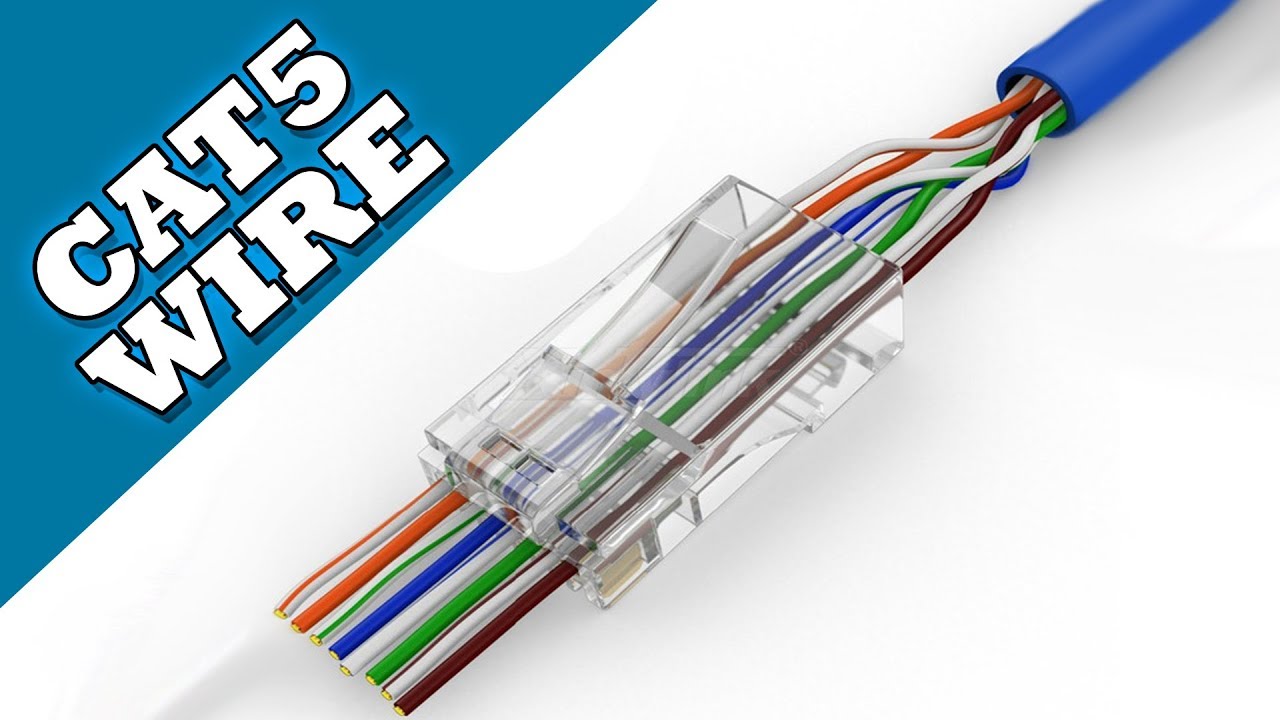- Your #1 Source for Network Cables. Call Now for Exclusive Offers!

Cat5 cables, which stand for Category 5 Enhanced, are often used types of networks or Ethernet wiring. It provides a considerable improvement in terms of overall performance and quicker data transmission rates. In addition, it manages data flow via the Lan network at up to 100 MHz of frequency. Cat5 Bulk Plenum Copper Cable is intended to transfer information at speeds of 10 Mbps (Ethernet) or 100 Mbps over a wired connection (Fast Ethernet). In other words, if the network device operates between the 100BASE-T network and the Cat5 Ethernet cable, it can handle all data at incredible speeds without any loss or lag.
All devices can be connected to local networks using a cat5 Ethernet cable. Additionally, it supports internet speeds, which can join several computers to create a network of connected devices that are somewhat close to one another.
For most of their data transmission activity, many hubs, switch, and networks found in classrooms, schools, companies, healthcare, and other places will use Cat5 cable connections.
Another example of conventional use is connecting various indoor phones, video, sound, and CCTV devices.
Cat5 Ethernet cable with a solid conductor (solid-core) is widely applied for longer runs. It is typical in office towers and other settings used by professionals. In addition, the solid-core wire is frequently advantageous for applications that need to install outdoor Cat5 cable.
Cat5 Ethernet cable with a stranded conductor (stranded core) is typically used to connect temporary or easily portable wired networks across small distances. Networks in small offices, such as those joining pcs to a router.
But stranded cable often has much greater flexibility than solid core wire. As a result, after becoming twisted at a tight angle, reliable cables usually exhibit some bending for some time.
The Cat5e Plenum Copper cables are Compared with a PVC or similar material covering; copper wires burn more slowly and emit less smoke. Where PVC is not permitted, plenum-rated cables may be placed. High-speed data at 100 MHz can be transmitted with this wire.
On the contrary hand, the Cat5e Plenum Solid Copper is perfect for office installs and contains Solid Copper Core Pathways that have been tested to deliver better performance over more prominent cable lines.
A network tester is another name for a Cat5 cable tester. They can repair while building networks, looking for defects on single cables or cores. In addition, they detect and check local area network (LAN) connections.
The function of the signal tester is to examine and certify the integrity of the data signal being transmitted via Cat5 cables from one device to another. You can determine whether your current cables are working correctly and the root of any issues by using a Cat5 cable tester.
An RJ45 connector is typically crimped down using a Cat5 crimping tool after it has been attached to the end of an Ethernet cable. When a cable is crimped into a connector, a strong electrical connection is created between the conductors and the future, preventing degradation or insulation damage during frequent cable insertion and removal.
There are many various lengths of Cat5 cables available. However, cat5 patch cables are typically chosen for short runs (100 feet or less), particularly if they have stranded core wires.
The most prevalent colors for Cat5 and Cat5e cables are black, grey, or white. However, a considerably wider selection of colors—blue, green, red, and yellow—are as simple to locate in Ethernet cables.
Prices for cat5 cables vary based on the brand, quality, size, materials used, and the kind and quantity of any additional shielding added during manufacturing.
Newer cables will likely support higher speed. Newer technologies and older generations help them. Cat5 is frequently seen all over. Most installations still use Cat5 cables to link their network equipment; however, they likewise make the connections.
Copyright © 2024 TS Cables – All Rights Reserved
